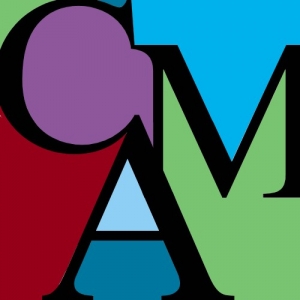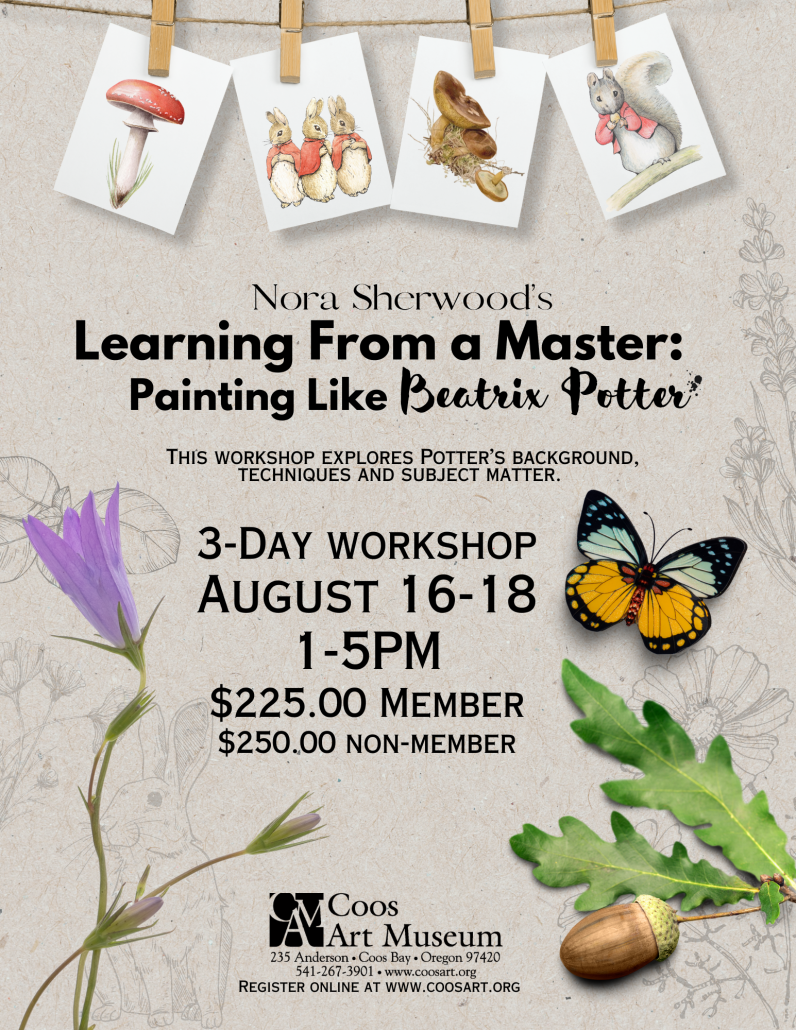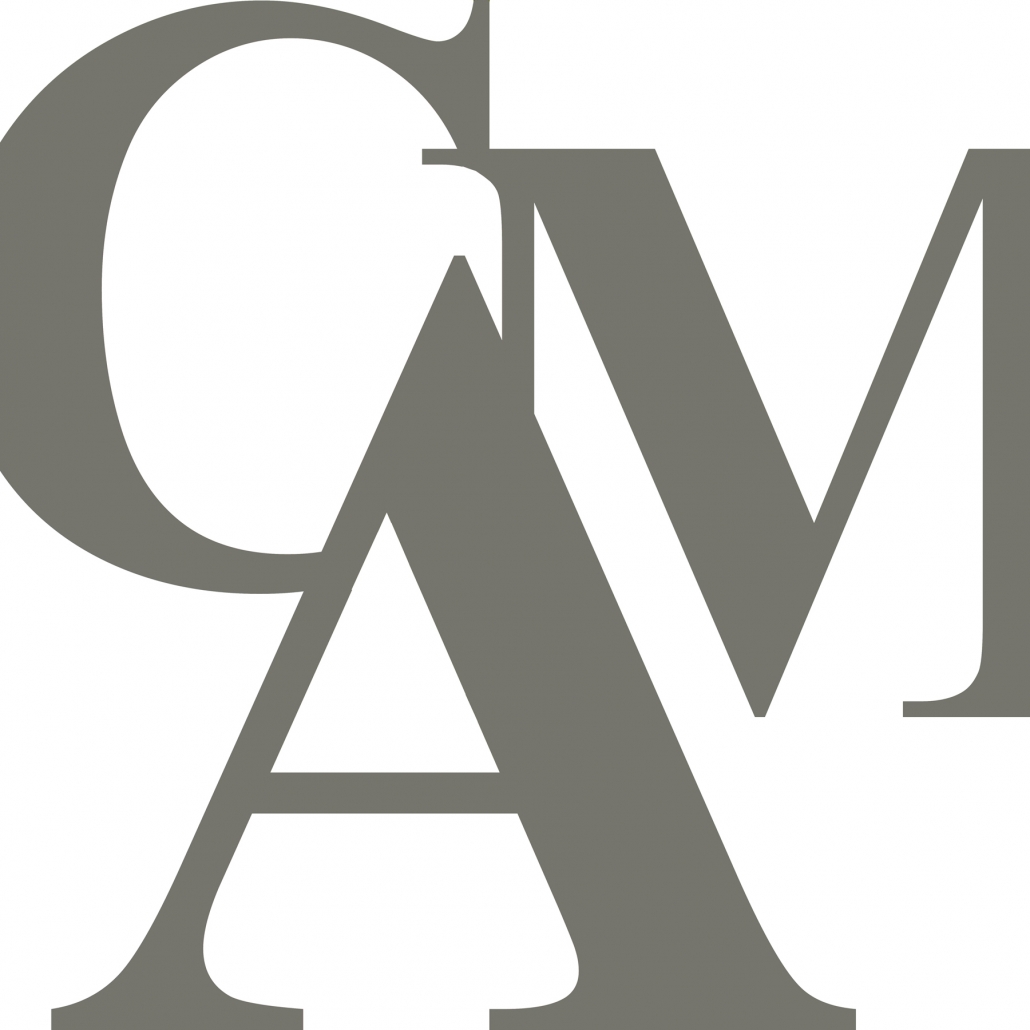Learning From a Master: Painting like Beatrix Potter
Supplies Needed:
A basic set of pencils, a sketchpad and some watercolor supplies will work fine for this workshop. If you need to get some new supplies, here are some of Nora’s favorites, but please don’t feel that you need to have all these items on hand.
Drawing
- Drawing pencils. My favorites are the Staedtler Mars Lumograph pencils, which you can buy in a 12 pack; gives you a very good range of pencils.
- Pencil sharpener. Lots of different ideas on what’s best, but I have settled on buying less expensive ones and replacing them frequently as the blades dull quickly
- Blending stumps and sandpaper pointer, like those in this little set
- A clear ruler
- Erasers. I work with both a kneaded eraser and a plastic (hi-polymer) eraser, and I love my Tombow Mono Zero eraser.
- Drawing paper. I like to have a sketch pad to work out ideas, but I also like to have some nice Bristol board paper for projects that are more special. Here are suggestions.
-
- Strathmore 300 sketch pads (available in lots of sizes)
- Canson XL Bristol pads (also available in lots of sizes, the vellum surface is awesome for graphite and the smooth)
-
- Sakura Pigma Micron pens. I always end up using pen on birds, whether it’s for the eyeball, beak or feet. I typically use black pens in sizes 01 and 005.
Basic watercolor
- I use only professional grade tube paints from brands like Daniel Smith and Winsor&Newton. If there’s one thing I would recommend for folks who want to do well with watercolor, it would be to buy professional grade tube paints. These are some of my favorite colors (although I will add that I certainly haven’t tried all the paints out there!):
- Winsor yellow
- Winsor transparent yellow
- Daniel Smith new gamboge
- Winsor permanent rose
- Winsor quinacridone magenta
- Winsor red
- Alizarin crimson (any brand)
- Winsor violet
- Winsor blue
- Daniel Smith phthalo blue (green and red shade)
- Daniel Smith ultramarine blue
- Daniel Smith Mayan dark blue
- Daniel Smith rich green gold
- Daniel Smith undersea green
- Daniel Smith yellow ochre
- Daniel Smith raw umber
- Daniel Smith burnt umber
- Daniel Smith Payne’s grey
- Daniel Smith neutral tint
- Daniel Smith quinacridone burnt orange
- Brushes. I use synthetic round brushes like the Da Vinci Cosmotop Spin series, in sizes ranging from 5 to 1. A flat wash brush is good to have as well.
- Palette. I am a fan of the butcher tray style of palette, but there are other styles that folks like.
- Buckets. I like to use two water containers, one for clean water, and one for rinsing my brush.
- Dropper or pipette. Very handy for moving water and paint around.
- Watercolor paper. My go-to is Arches 300 lb. hot press watercolor paper. (Many watercolor artists prefer cold press paper, but science illustrators prefer the hot press.) For many projects, 140 lb. paper is perfectly fine, but that’s the thinnest paper I would use.
- Backing board. I mostly use sheets of watercolor paper (22″ x 30″) from which I cut the size I need for my project. I always stick the paper to a backing board of some type, using artist tape or 14-day release painters tape. The backing board can be anything from a thin kitchen cutting board to a piece of wood, just something to hold the paper.
Colored pencils
- The main thing to focus on with colored pencils is to get professional grade ones, not the “kid” ones. Colored pencils are a mixture of a binder and pigment. The ratio of pigment to binder in the professional ones is higher. Wax-based colored pencils like Prismacolor Premier line are great. The oil-based ones like the Lyras are also really nice. You might want to buy open-stock pencils of a few different brands and see which you like the best.
For even more information, click the registration button to EVENTBRITE.






